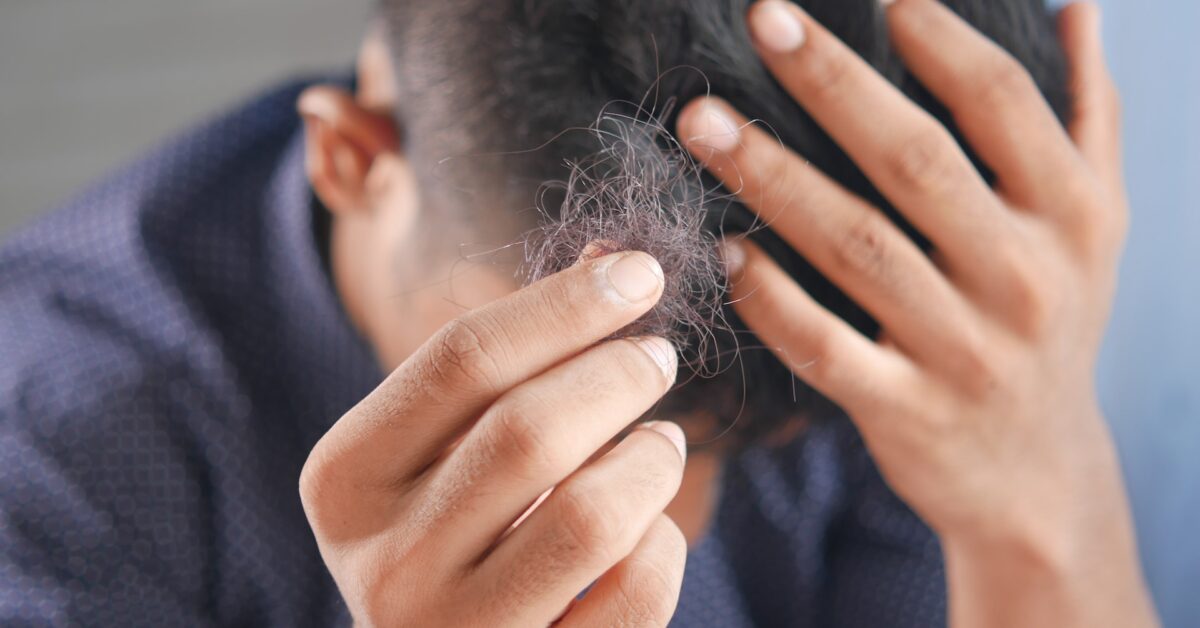Hair transplants are a significant investment of time and money. Planning and finding the best option for your situation is essential.
Many people wonder when is the best time to have a hair transplant. Knowing can be challenging, especially since healing can take up to a year.
Age
A hair transplant is a serious medical procedure that should only be considered after exploring all other non-invasive treatments and when the patient’s situation has stabilized. The patient’s age is a significant factor, as it can make or break the procedure’s success.
For this reason, patients under 30 are generally not recommended to consider a hair transplant as their hair loss pattern may still be evolving. By 30, most people’s hair loss will have stabilized, making them a better candidate for this treatment.
It recommends a patient under the age of 25 explore other treatments like medications first as a way to try and prevent or delay their hair loss. These medications, such as finasteride and Propecia, can help slow down male patterned baldness by blocking dihydrotestosterone from the hair follicles. It’s important to note that these medications can only be taken under the supervision of a medical professional, as they should not be given to adolescents as it could impact the development of their male external genitalia.
Hair transplant surgery relies on donor hair to cover balding or thinning areas. Taking this procedure at a young age can cause the donor hair to be distributed too heavily in one place and insufficient for another. As a result, these areas can become patchy and not look natural.
Hair Loss Patterns
Recognizing the various Types of Hair Loss can play a major role in deciding when (or if) getting a procedure is appropriate. Hair loss can occur in 2 concurrent patterns: a macroscopic pattern and a microscopic way. The visible pattern is observable over the vertex scalp, where baldness progresses radially with no skipped lesion. The tiny pattern is observed within scalp follicular units where miniaturization occurs in an orderly manner.
Miniaturization is a genetically imprinted process that gradually reduces the number of terminal hairs in a follicular unit. Autumn is considered the prime season for hair transplantation as shedding decreases after summer and into the autumn. This is due to temperature changes and seasonal hormonal fluctuations.
A full head of hair can improve your appearance and enhance your self-image. Consult a qualified and experienced hair transplant surgeon to find out if you are a candidate for a hair restoration procedure. Moreover, professional prp hair restoration experts Lubbock, or from a place nearby, can provide advanced techniques such as PRP therapy, which can simulate hair growth, and improve overall health of your hair follicles. They can also assess your specific needs and develop a personalized treatment plan to help you achieve a fuller head of hair.
Hair Transplants
A hair transplant replaces the thinning or balding areas of your scalp with healthy, new hair that will grow normally. Your surgeon will use either follicular unit strip surgery (FUTS) or follicular unit extraction (FUE) to take the hair from the back of your head for the transplant.
During the procedure, your surgeon will clean the areas of your scalp that will receive the hairs – called the recipient area. They will then make tiny cuts in the bald or thinning areas of your scalp and carefully place the healthy inches. Hundreds or even thousands of healthy hairs may be transplanted during one treatment session.
Once the hairs are transplanted, they will grow in the bald or thinning areas and eventually fill them in, giving you a fuller head. You can expect to see your results fully after a year. Since hair loss accelerates in the fall and winter, getting a hair transplant in the summer can help protect your results from the natural shedding during these months.
A hair transplant can be an excellent option for men and women experiencing thinning or balding in the front of their scalp. Unlike the old hair plugs of the 1970s and 80s, today’s surgeons can create more natural-looking results that will blend in with your existing natural hair. The results can look so natural that your barber or stylist will never know you’ve had a hair transplant.
Choosing a Hair Transplant Surgeon
Finding the right surgeon from a reputable hair clinic Birmingham, or any other location, is essential if you decide to go ahead with a hair transplant. This person will not only have the experience and skill to perform the procedure, but they will also have a track record of aesthetically pleasing results. You can check online reviews and ask to see photos of the surgeon’s previous work.
You will want to know if the surgeon is registered with the Care Quality Commission (CQC), as this signifies that they have met specific standards of training and professionalism. You should also inquire about the surgeon’s patient satisfaction rates and what kind of follow-up care they provide in case of complications. If the specialist has a website, like Aventus Clinic for example, then you can head there and contact them directly.
The surgeon should be able to explain what type of technique will be used during your procedure. This could include follicular unit transplantation (FUT), where grafts are taken from the back of the head, or follicular unit extraction (FUE), where individual hair follicles are removed with a small instrument directly from the scalp.
The surgeon should also be able to tell you whether you are a good candidate for a hair transplant and explain the procedure. This will include factors such as how many follicles are likely to “take” or survive and how many touch-up methods you may need.

